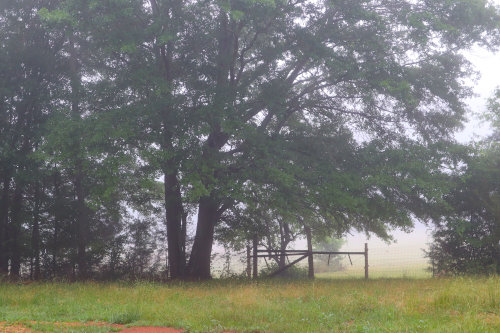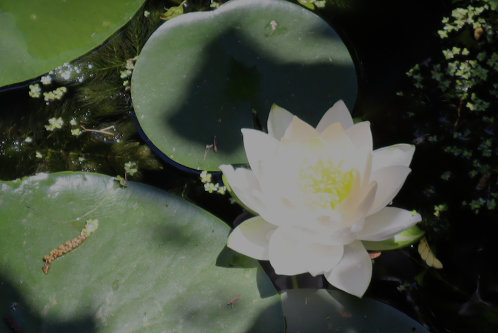This post is part of a series entitled A Year With My Camera.
Lesson 4.3 in my own words
- Unique versus original
- The goal to take an original photograph is a stumbling block
- Everything and every place have been photographed
- Every technique has been tried
- Advancements in technology are only briefly original
- Color film
- Digital photography
- Drones
- The goal should be to take unique photographs
This week's project
Permission to be unoriginal
- Remember why you are different from everyone else. Write it down.
- How would a close friend describe you in three words?
- Think about subjects and styles you're drawn to.
- Viewpoint - do you prefer dramatic, unusual, safe, static?
-
Composition - do you prefer neatness, order, chaos, random order,
symmetry, asymmetry, full frame, or minimalist?
-
Aperture - Do you prefer shooting wide open or with front to back depth of
field?
- Lens choice - which lens do you prefer? which do you reach for first?
- Go with what you like, and try to take photographs bringing something of yourself to each
one.
How am I different from everyone else? How would I describe myself? I liked the three words approach, so here's what I came up with:
- analytical
- contemplative
- atypical
Dan's three words to describe me were:
- industrious
- practical
- frugal
Subjects and styles I'm drawn to:
- I like natural subjects (as sky, plants, animals)
- I like contrast
- I like images that fill the frame
- I like interesting detail
- I like asymmetry
- I like simple/minimalist images
- I like close-ups with short depth of field
- I like action shots (goats running, birds in flight, etc.)
- I like photos that document our homestead
With those things in mind, here are the photographs I took for this assignment.
What I learned
Initially, this was a difficult assignment for me. I procrastinated doing it. In fact, I considered skipping it! I've always considered myself creative in the realms of crafts, needlework, knitting, weaving, and writing, but photography serves a different purpose in my life. I tend to think of it as a technical skill rather than a creative one. However, when I went out with those lists in mind plus the photography techniques I've learned in this course, I found that they gave me focus with a sense of freedom. The bottom line is photographing what I like. I realized is that there's no reason why I can't use photography record keeping in my own unique way.













































